Almost 30% of the food served in the foodservice businesses is wasted. If these businesses reduced the customer plate waste, they could save more than 30% of total day-to-day costs. (http://www.hccrems.com.au/wp-content/uploads/2016/02/lfhw_how-to-avoid-food-waste-customer-plates_factsheet_final1pdf.pdf?)
How to start?
The first step towards decreasing plate wastage is monitoring the data within a restaurant or any other foodservice establishment. Tracking what food is wasted the most on a daily, weekly and monthly basis, as well as researching why the customers leave their food on the plate, is a way to go.
Who leaves the food on the plate and why?
Many non-profitable organizations and charities were founded with the mission to prevent food waste and bring more efficient methods for reusing non-expired food.
One of such non-profits is the Waste & Resources Action Programme (WRAP) (https://wrap.org.uk/), which conducted a study that divided consumers in the restaurant into two groups. The first group is the people coming to nourish themselves and satiate their hunger, and the second one considers eating out merely as a social event. The second group is the one who will leave the food on the table the most as they do not put a lot of attention into finishing the whole meal since they weren´t that hungry in the first place. (https://blog.gotenzo.com/guide-to-reducing-plate-waste)
Furthermore, 20% of participants said that the reason behind them leaving the food on the plate was that their portion was too big, and 10% simply ordered too much food.
Start measuring food waste
All hospitality businesses should keep in mind that the wasted food equals wasted money. (https://blog.leanpath.com/blog/minimizing-plate-waste) To prevent losing money, the best way to start is to measure the total food waste. When we know what and how much food is being wasted, we can adjust serving sizes, replace some items on the menu and redesign plates so that the garnish, for example, doesn´t go to waste anymore.
A practical way to do this is to create a separate bin only for plate waste. Carefully noting what food is constantly being left on the plate and measuring the weight of the wasted food after each day will bring clarity into what needs to be changed.
Including the staff
An essential part of this change is the staff. Every staff member has to be familiar with each step of the plan, as they will be the ones implementing new practices. (https://blog.gotenzo.com/guide-to-reducing-plate-waste) Also, after a while, hearing what they have to say is the way to go since they will notice what people leave on the plate the most. This way, they will feel that their opinion matters and even start feeling a certain responsibility. And, you never know, some employees could even have an innovative solution that could bring a significant improvement to the menu.
Provide more portion size options
If the waste constantly appears with a particular menu item, it is apparent that this portion size could be smaller. Take that into consideration and be flexible enough to change the decisions on the go as you start noticing specific eating trends at your restaurant.
Another great trick is to offer customers to chose their size according to their taste. (http://www.hccrems.com.au/wp-content/uploads/2016/02/lfhw_how-to-avoid-food-waste-customer-plates_factsheet_final1pdf.pdf?) This way, you will prevent them from getting more than they can or wanted to eat.



- FhtQZjzcE
reply- HcGBmtdGpOfS
reply- DdsvRpEE
reply- VhOOaYQlIAzvYv
reply